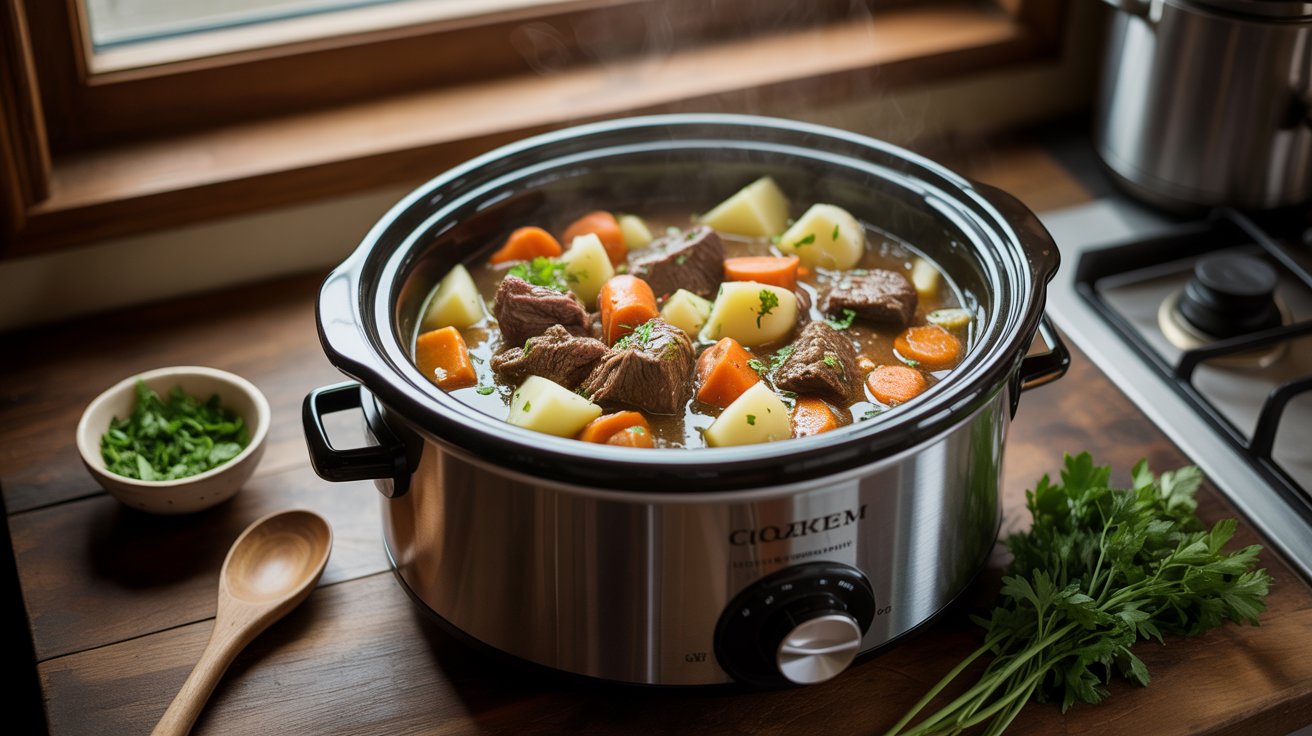Foraging connects you to nature, uncovering edible plants, mushrooms, and berries in your backyard or nearby wild spaces. This ancient practice adds unique flavors to your table while fostering sustainability and a deeper appreciation for the environment.
Safe Foraging Practices
Always identify plants with certainty—use field guides like Peterson Field Guide to Edible Wild Plants or apps like iNaturalist. Common edibles include dandelion greens, wild garlic, and blackberries. Avoid plants near polluted areas (roadsides, industrial sites). Harvest sparingly—take only 10-20% of a patch to preserve ecosystems. Wear gloves for prickly plants like nettles, and carry a basket for delicate finds. Learn local regulations; some parks ban foraging.
Edible Wild Plants and Recipes
Dandelion greens, peppery and nutritious, make a great salad: rinse 2 cups greens, toss with 1 tbsp olive oil, 1 tsp lemon juice, and walnuts. Foraged wild garlic adds punch to pesto: blend 1 cup wild garlic leaves, ½ cup pine nuts, ½ cup parmesan, ½ cup olive oil, and salt. Chanterelle mushrooms, nutty and golden, shine in a sauté: cook 1 cup mushrooms in 2 tbsp butter with 1 garlic clove for 5 minutes; serve over polenta. Always cook mushrooms to avoid toxins.
Tools and Resources
Carry a small knife, scissors, and a field guide for identification. A foraging bag or basket prevents crushing delicate plants. Apps like PlantNet help identify species on the go. Join local foraging groups or workshops (check Meetup) for hands-on learning. Start with familiar plants like mint or clover to build confidence. Resources like Wild Food by Roger Phillips offer recipes and tips for beginners.
Environmental and Culinary Benefits
Foraging is free, sustainable, and reduces reliance on industrial agriculture, which emits 10% of global CO2, per FAO data. Wild foods are nutrient-dense—dandelion greens offer more vitamin A than spinach. They add unique flavors, like the lemony tang of wood sorrel or earthy morels, elevating dishes. Foraging fosters mindfulness, connecting you to nature’s cycles and local ecosystems, a practice rooted in indigenous traditions worldwide.
Getting Started Safely
Begin in your backyard or local parks, focusing on easy-to-identify plants like wild raspberries. Cross-reference multiple sources to confirm edibility—some plants, like pokeweed, are toxic if prepared incorrectly. Wash foraged foods thoroughly. Start small, foraging 1-2 species per trip, and document finds in a journal. Avoid overharvesting to protect habitats. With practice, you’ll discover a world of flavors steps from home.
Conclusion: Foraging unlocks wild flavors, from dandelion salads to mushroom sautés, while promoting sustainability. Start with a field guide, harvest responsibly, and bring nature’s bounty to your table.
